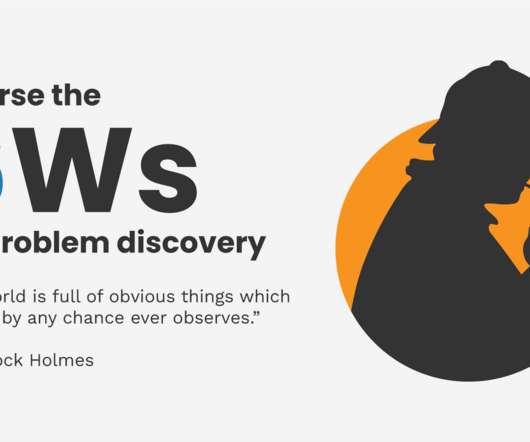Discover your unique innovator’s Sensory Profile.
Paul Hobcraft
DECEMBER 1, 2023
Quick Pattern Recognition: With an enhanced ability to perceive and process information, innovators may be adept at quickly recognizing patterns, trends, and potential disruptions. Extended Cognitive Effort: Innovators may exhibit perseverance and a willingness to engage in extended cognitive efforts.
















Let's personalize your content